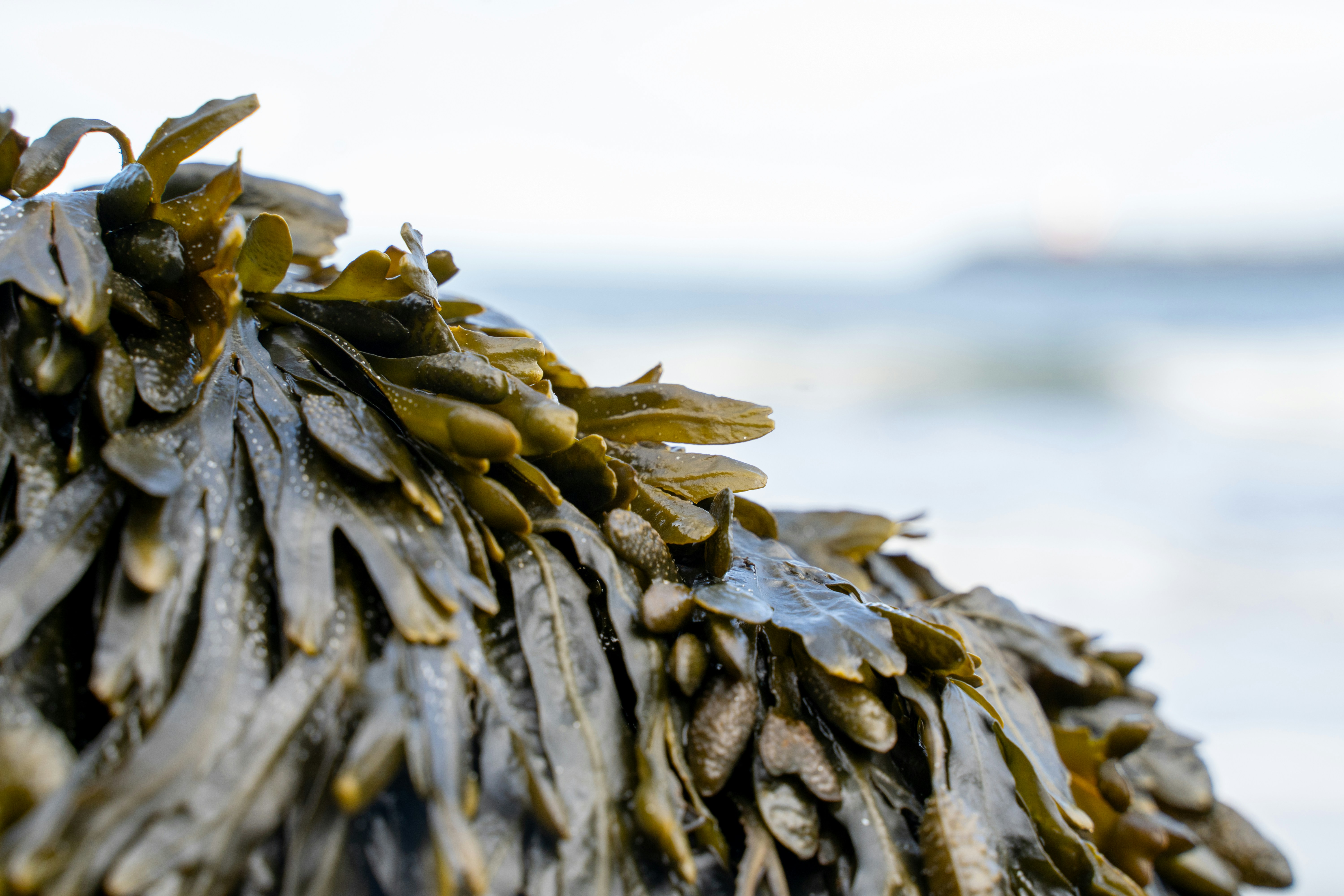Seaweed as a Pillar for Aquaculture and Food Security
By Dr. Abe Woo Sau Pinn, Annette Jaya Ram
May 2025 FEATURE
Dr. Abe Woo Sau Pinn

studies the biodiversity of marine invertebrates and their systematics. His research interests include ecology, diversity, systematics and taxonomy of echinoderms.
Annette Jaya Ram

Dr. Annette Jaya Ram is a lecturer and deputy director of the Centre for Marine and Coastal Studies, USM. She is studying mariculture of mud crabs; currently working on best ways to culture them to reduce dependence on harvesting mud crabs from the wild.




